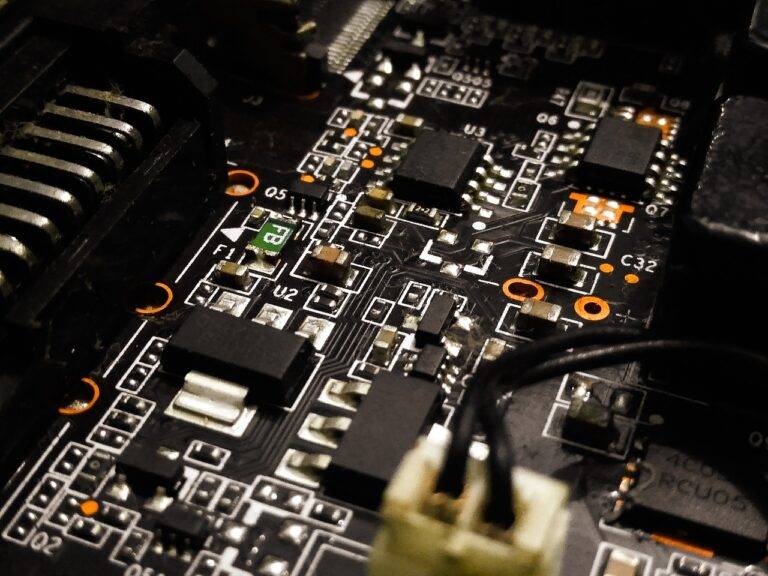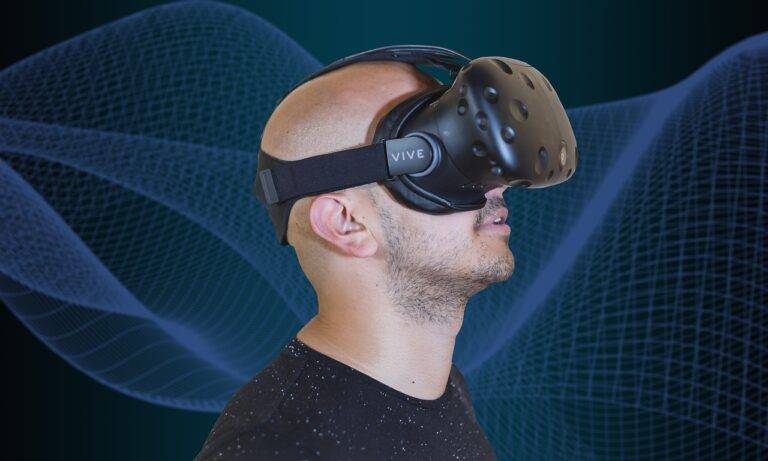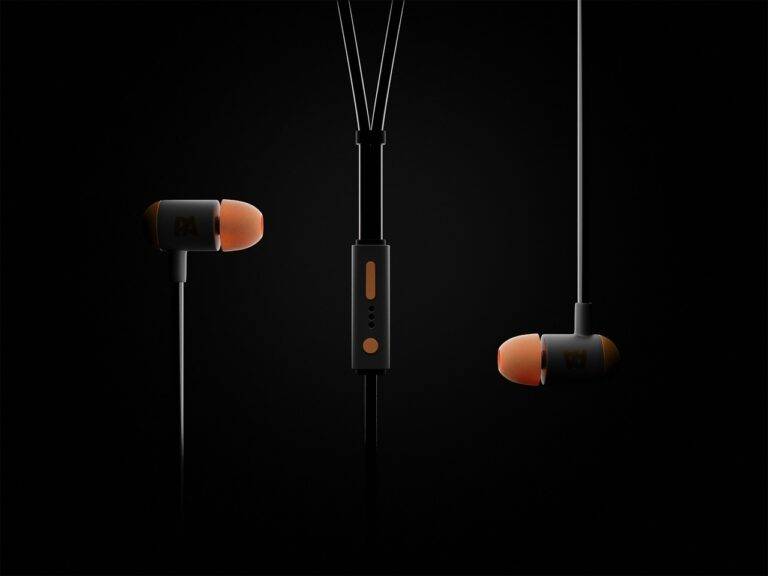The Role of Tech in Aging Population Support
As individuals age, they often face increasing health issues and physical limitations. Chronic conditions such as arthritis, diabetes, and heart disease become more prevalent, requiring ongoing medical attention and management. The aging population also experiences a decline in cognitive abilities, making tasks that were once routine more challenging and potentially dangerous.
Furthermore, social isolation and loneliness can have a significant impact on the mental health and well-being of older adults. As they may lose friends and family members or face mobility issues that limit their ability to engage in social activities, feelings of loneliness can become more pronounced. This lack of social connection can lead to depression and other mental health concerns, highlighting the importance of addressing the social challenges faced by the aging population.
Technological solutions for healthcare monitoring
In the realm of healthcare monitoring, technological solutions have seen significant advancements in recent years. These solutions offer a way to remotely track vital signs, medication adherence, and overall health status of individuals, particularly beneficial for the aging population. Through the use of wearable devices, mobile apps, and sensor technology, healthcare professionals can access real-time data and provide timely interventions as needed.
One notable advantage of technological solutions for healthcare monitoring is the ability to detect early warning signs of health issues before they escalate, thus enabling proactive management of chronic conditions. This proactive approach not only improves health outcomes but also reduces healthcare costs by minimizing the need for emergency treatments or hospitalizations. Additionally, these tools empower individuals to take an active role in managing their own health, promoting a sense of autonomy and self-care.
Assistive devices for independent living
Assistive devices play a crucial role in supporting the independence and well-being of the elderly population. These devices range from simple grip bars in the shower to complex smart home systems that can control lighting and temperature through voice commands. By integrating these devices into their daily lives, older adults can maintain a sense of autonomy and prolong their ability to live independently.
Moreover, assistive devices like medication reminders and emergency call buttons provide peace of mind for both seniors and their loved ones. These tools help older adults manage their health effectively and ensure that help is readily available in case of an emergency. With the advancement of technology, assistive devices continue to evolve, offering more personalized solutions that cater to the diverse needs of the aging population.
Assistive devices play a crucial role in supporting the independence and well-being of the elderly population. These devices range from simple grip bars in the shower to complex smart home systems that can control lighting and temperature through voice commands. By integrating these devices into their daily lives, older adults can maintain a sense of autonomy and prolong their ability to live independently.
• Grip bars in the shower
• Smart home systems for controlling lighting and temperature
Moreover, assistive devices like medication reminders and emergency call buttons provide peace of mind for both seniors and their loved ones. These tools help older adults manage their health effectively and ensure that help is readily available in case of an emergency. With the advancement of technology, assistive devices continue to evolve, offering more personalized solutions that cater to the diverse needs of the aging population.
• Medication reminders
• Emergency call buttons
What are some common challenges faced by the aging population?
The aging population often experiences difficulties with mobility, memory loss, and managing chronic health conditions.
How can technological solutions help with healthcare monitoring?
Technological solutions such as wearable devices and remote monitoring systems can help individuals and healthcare providers track vital signs, medication adherence, and overall health status.
What are some assistive devices that can help with independent living?
Some examples of assistive devices for independent living include grab bars in the bathroom, automatic medication dispensers, and wearable emergency alert systems.
How can assistive devices improve quality of life for seniors?
Assistive devices can help seniors maintain their independence, stay safe at home, and manage their health more effectively, leading to a better quality of life overall.





